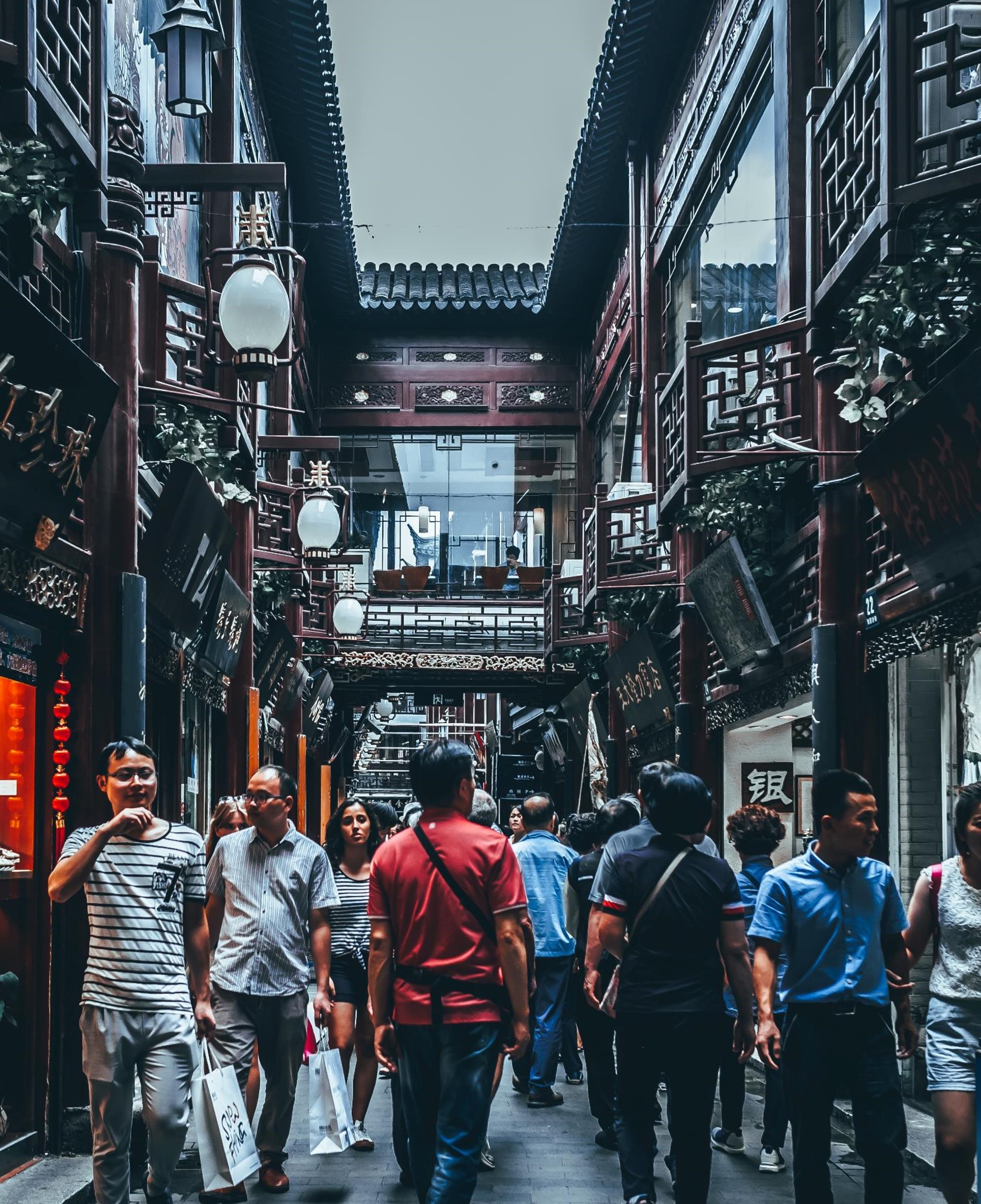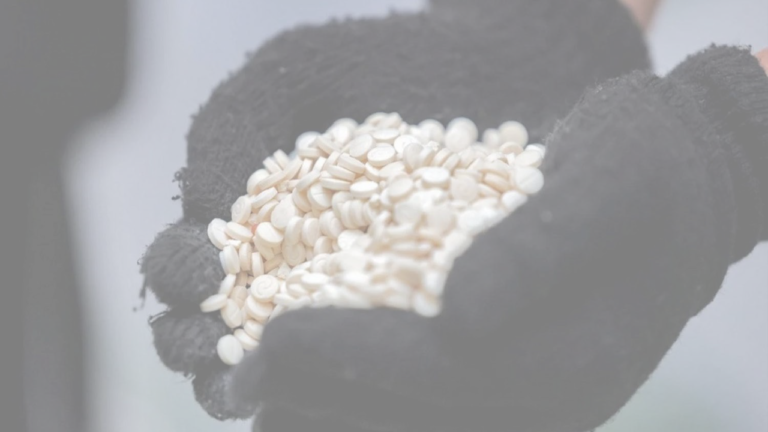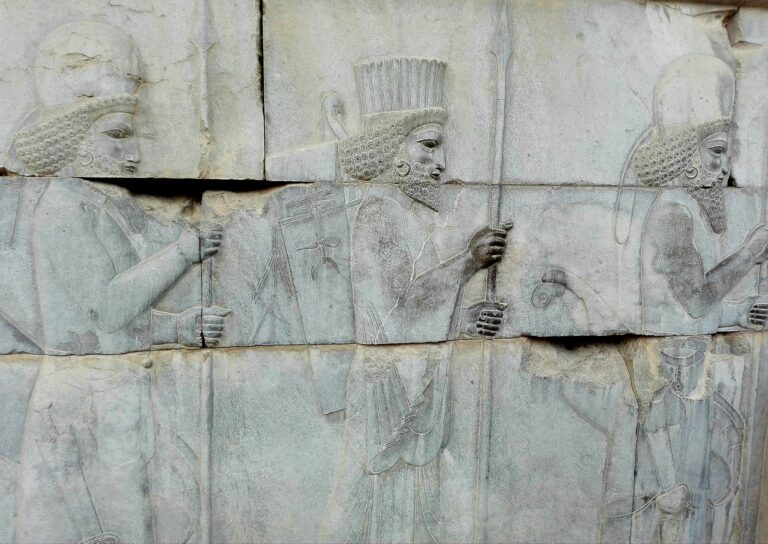In addition to Tehran, Beijing is experiencing one of the largest grassroots protests in the People’s Republic’s history. Like Iran, the Chinese protests shortly followed China’s authoritarian approach to stamp out the COVID-19 virus. A so-called “zero-COVID” policy has led many in the People’s Republic to become frustrated with the current Chinese Communist Party (CCP) leadership. Many have noted that China has had one of the strictest responses to COVID-19, where the virus is believed to have originated.
Unprecedented calls for President Xi Jinping to step down were heard amongst groups of protestors. As the German Deutsche Welle news agency reported, demonstrators in Shanghai were heard chanting, “Xi Jinping, Step Down! CCP Step Down!” The protests also lashed out at China’s censorship policies as protestors were seen holding blank sheets of paper at gatherings.
Oddly enough, a key driver of these gatherings was not some underground network of agitators on the mainland but a 30-year-old Chinese expatriate artist, Li Ying, reporting from his bedroom in Milan using the Twitter name “Teacher Li Is Not Your Teacher,” and hiding behind a cartoon picture of a cat. The Washington Post described Li’s account as “the single most important clearinghouse for information about the protests.” The account is now constantly tweeting news about the protests and China’s steps to address the protests.
As Reuters pointed out, “Li is emblematic of a more tech-savvy generation of young Chinese” who are able to bypass China’s Great Firewall and avoid censorship. Li uncovered the sheer scale of the protests for audiences outside of China. Initial reports only indicated that the protests were occurring on small, isolated levels, but Li’s account underscored that the protests truly took on a nationwide character, possibly the largest show of dissent since the Tiananmen Square protests in the late 1980s.
While not all of the protests directly targeted Xi and the CCP leadership, virtually all of the protests targeted the country’s zero-COVID policy, it is clear that the CCP and Xi perceived these protests as a threat, however minutely, and have begun pivoting away from their strict zero-COVID policies. On Monday, 12 December 2022, Beijing took a major step in rolling down its COVID policies by deactivating its national COVID tracking app. The app has been operational for the last three years and was one of many tracking apps that used phone signals to track citizens and inform them if they were safe to travel between provinces. As these measures have begun being rolled back so shortly after the protests, it is difficult not to link Beijing’s behavior to the protests.
Many protestors remain in fear that the government will take revenge on them for participating in the demonstrations. In a statement issued by the CCP body overseeing law enforcement in the country, the government sent a clear message to demonstrators that it would not allow “illegal and criminal acts that disrupt social order” and would directly target the “sabotage activities of hostile forces.” Protestors in the country face a range of criminal and civil penalties ranging from jail time to being forbidden from taking certain jobs and damaging their social credit score for themselves and their families, further making their and their families’ lives difficult.
As the full consequences for the demonstrators remain to be seen, the protests underscored that China’s authoritarian approach to its own citizens does have its limits. In a move that is seen as a victory for the protestors, China has begun rolling back its zero-COVID policies but has subsequently been dealing with a surging COVID-19 outbreak and death toll, reminiscent of the surges that plagued the rest of the world in the early days of the pandemic. Signs are that Beijing’s zero-COVID policies have come to an end, and the country may be transitioning towards its COVID end-game strategy.




